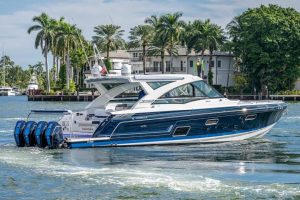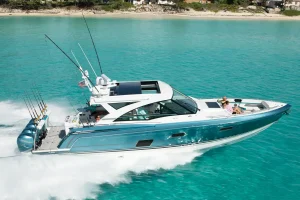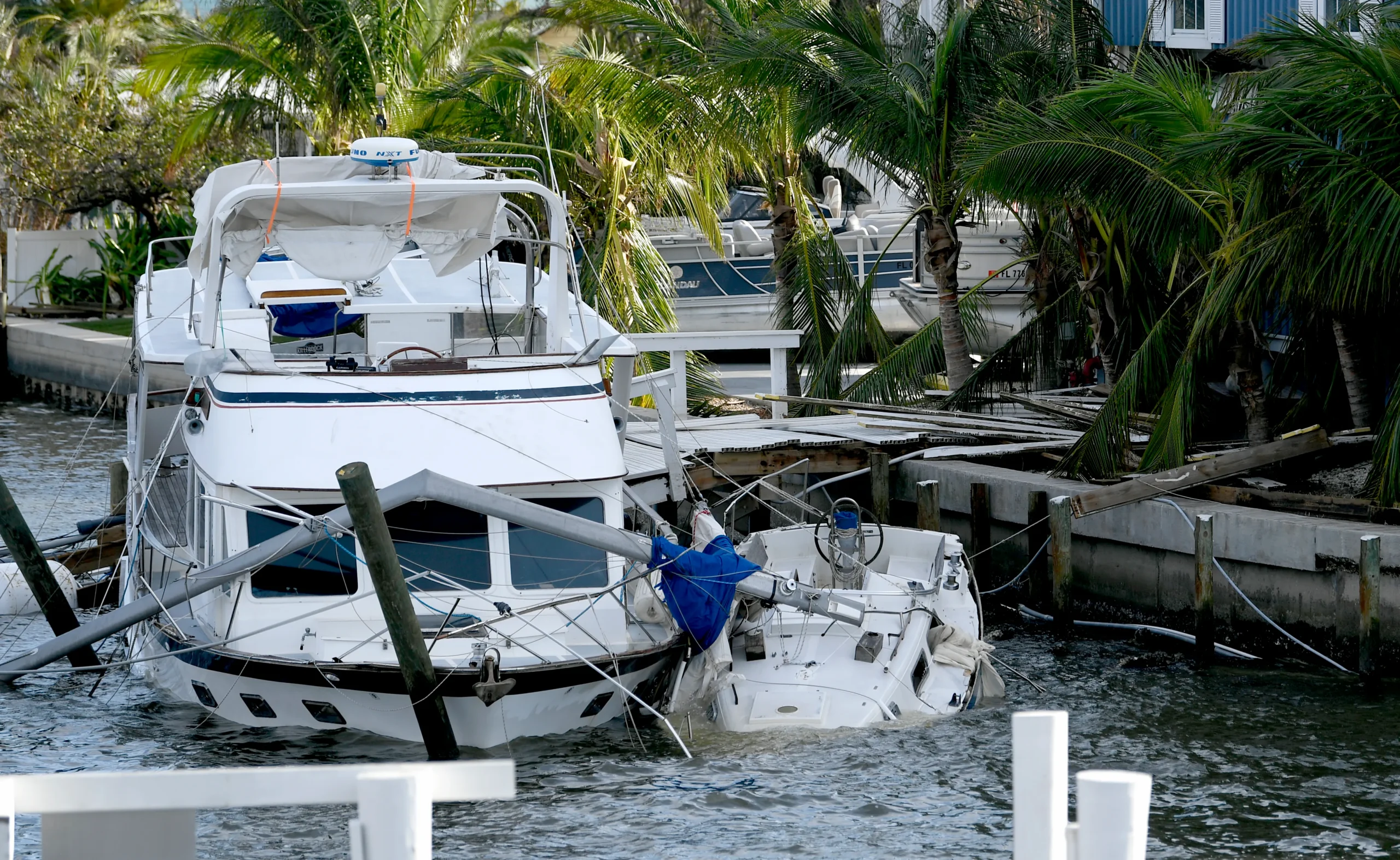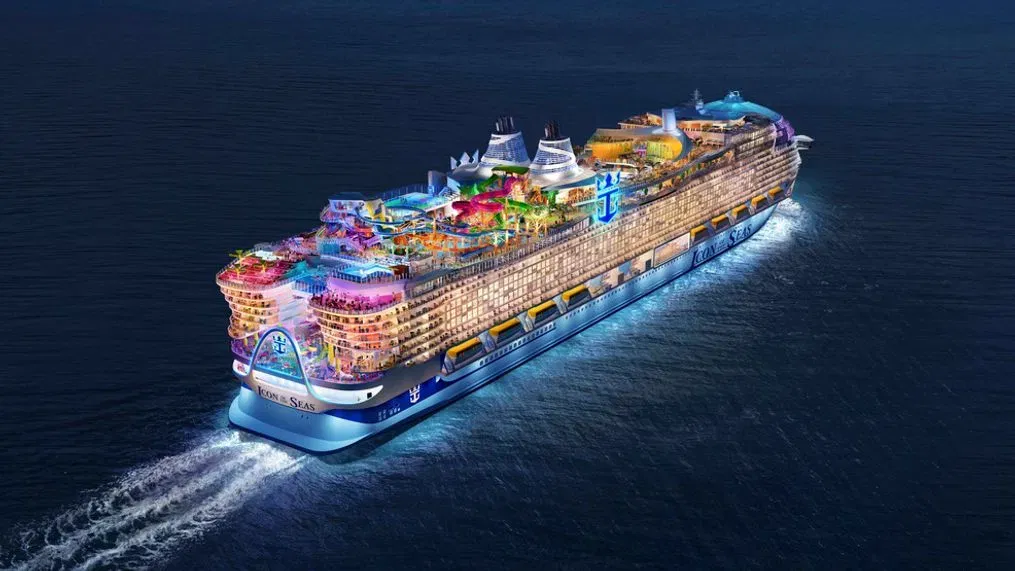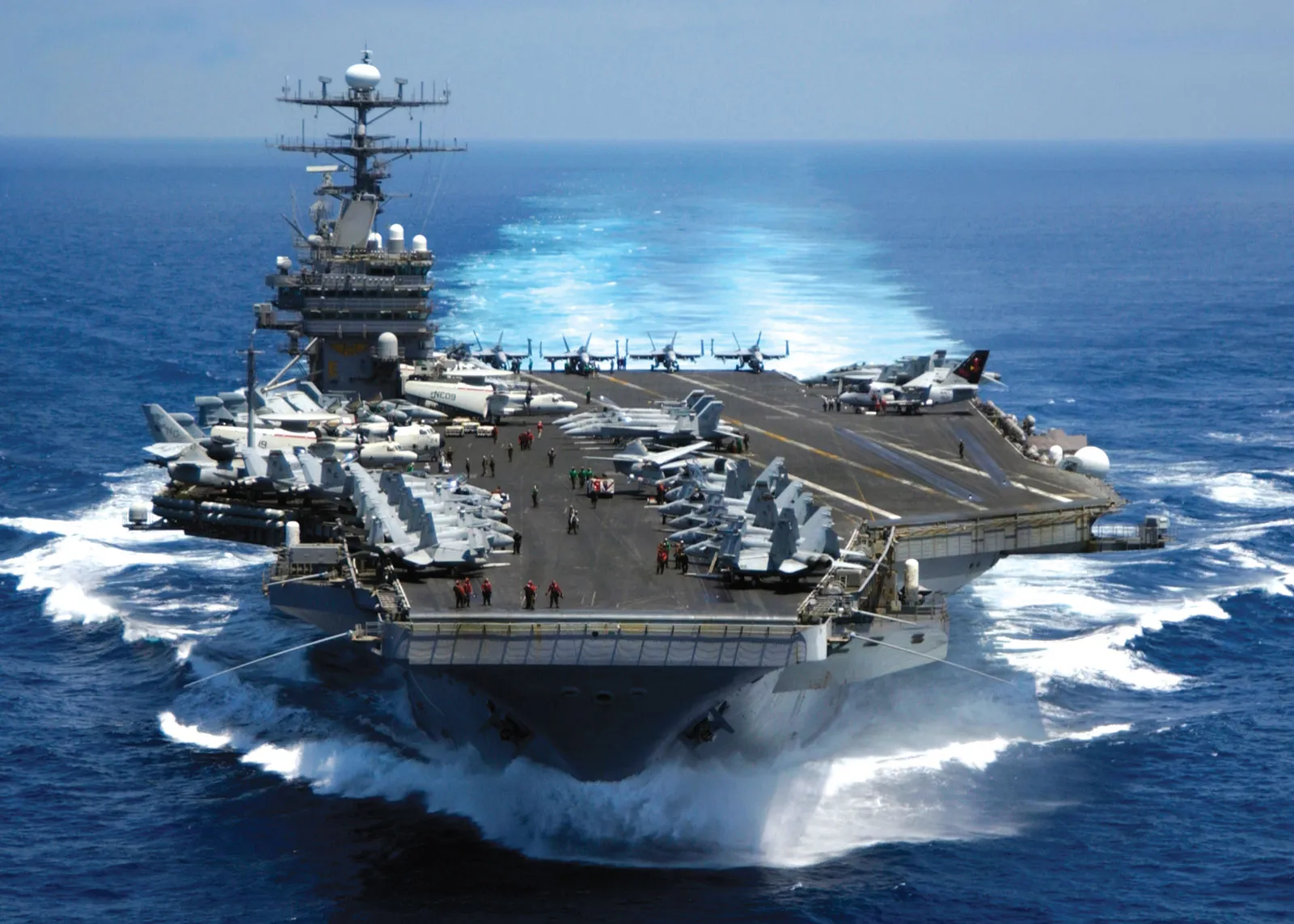
Cutwater Boats
Cutwater boats are an essential design for many types of marine vessels, characterized by their sharp, protruding bow structure. This unique design feature is not merely aesthetic but serves a critical function in maritime navigation. The cutwater's primary role is to slice through water efficiently, reducing resistance and enabling the boat to move smoothly and quickly. The genesis of cutwater design can be traced back to ancient maritime history, where early shipbuilders recognized the need for vessels that could handle choppy waters and reduce the impact of waves on the hull.
Throughout the ages, the cutwater has evolved, adapting to the changing needs of boaters and the advancement in marine technology. Modern uses of cutwater design can be seen in a variety of watercraft, from small personal boats to large naval ships. Understanding the philosophy behind the cutwater's form and function helps elucidate its continued prevalence in boat design. This bow feature also raises several inquiries, commonly fielded in frequently asked questions, about the advantages it provides in terms of performance and safety.
Key Takeaways
- Cutwater boats feature a prominent bow design that enhances their ability to navigate through water efficiently.
- The evolution of the cutwater is deeply rooted in maritime history and its adaptation is evident in modern marine design.
- The cutwater design is a topic of interest that prompts inquiries about its impact on boat performance and safety.
History and Philosophy of Cutwater Boats
Cutwater Boats have a unique legacy, marked by an innovative spirit that redefined maritime craftsmanship. This history is not just about the chronology but also the philosophy behind the design and functionality of these boats.
Founding and Growth
The origins of Cutwater Boats can be traced to early sailing traditions, where the need for maneuvering swiftly in tumultuous waters led to the development of the distinctive bow feature known as the "cutwater." This protruding part of the hull was designed to cut through water, reducing resistance and enabling faster, more efficient travel. Over time, the cutwater design became symbolic of the maritime innovation spirit, helping ships face rough seas with confidence.
Innovation in Boat Design
Throughout their evolution, Cutwater Boats have embodied a philosophy of continual improvement. Designers and shipbuilders have persistently sought new ways to enhance the cutwater's efficiency and the boats' overall performance. One such notable innovation in boat design was the integration of more durable materials, which allowed the vessels to not only be swifter but also more resilient against the wear and tear of the sea.
Frequently Asked Questions
Cutwater Boats are known for their distinctive design and manufacturing history. This section addresses the most common inquiries about their origin, differences from similar brands, warranty details, pricing, evolution, and defining features.
What is the origin of Cutwater Boats manufacture?
Cutwater Boats is a brand that stems from the family-owned company, Fluid Motion, LLC, which also produces the Ranger Tugs line. Their manufacturing takes place in the United States, emphasizing a combination of traditional boat-building techniques and modern innovation.
What distinguishes Cutwater Boats from Ranger Tugs?
While Cutwater Boats and Ranger Tugs both originate from the same parent company, Cutwater Boats are designed with a more contemporary, sporty appearance and are known for their speed and agility on the water. Ranger Tugs, conversely, feature a more classic, trawler-style design suitable for leisurely cruising.
What are the details of Cutwater Boats' warranty program?
Cutwater Boats offers a comprehensive warranty program that covers structural defects for a set period. This program is detailed in the purchase documentation and generally includes provisions for hull integrity and other major components.
What is the price range for the Cutwater c288 model?
The Cutwater c288 model is a popular choice among boating enthusiasts, with prices typically starting in the mid six-figure range. The actual cost may vary based on additional features, dealer location, and customizations.
How has the Cutwater Boats lineup evolved since their introduction?
Since their introduction, Cutwater Boats has expanded its lineup to include a variety of models ranging from 24 to 32 feet in length, ensuring an option for various boating needs and preferences. Continuous innovation has led to advancements in hull design and onboard technology.
What are the defining features of a cutwater on a boat?
A cutwater on a boat is the forward section of the hull that cuts through water, often sharp and angular in design. It improves hydrodynamic efficiency and stability, reducing resistance during navigation and helping to deflect water away from the boat's hull.









